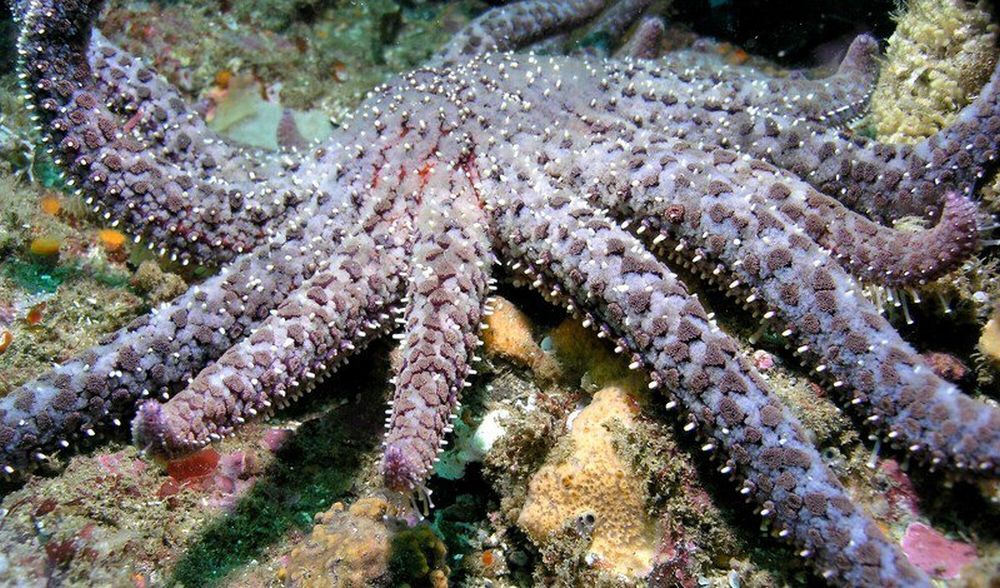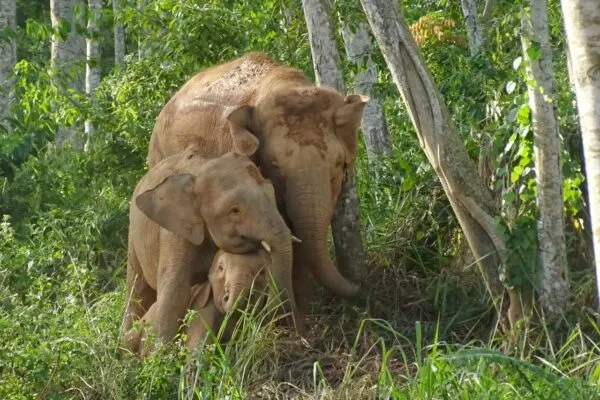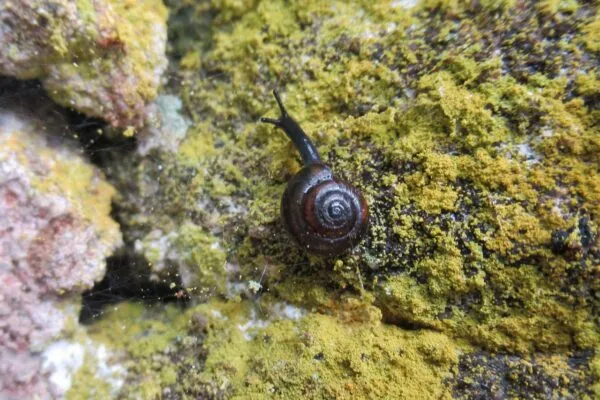Sunflower Sea Star Declared Critically Endangered By IUCN
Sunflower sea star (Pycnopodia helianthoides) has been declared critically endangered by the International Union for Conservation of Nature (IUCN) Red List. It is the only species of its genus and is one of the world’s largest sea stars.
Since 2013 this species has lost more than 90 percent of its Pacific Ocean populations. It is nearly absent in the contiguous United States and Mexico, though initially they were widely distributed throughout the northeast Pacific. However, their population declined rapidly because of a marine epidemic, which is referred to as sea star wasting syndrome.
The sunflower sea star is nearly a meter wide and usually prey on sea urchins, snails and clams. They have around 24 arms, come in a variety of bright colors, and can reproduce sexually through broadcast spawning.

Image: Kevin_Lafferty/USGS
An increase in ocean temperatures around 2016 resulted in mass loss of marine population, which led to an increase in sea urchins along the west coast.
An increase in the population of urchins is directly linked to a decline in kelp forests which is already affected by the pressure from marine heatwave events – deteriorating the ecosystems that provide habitat for thousands of marine animals.
According to a combined study led by Oregon State University with The Nature Conservancy and some other groups, approximately 5.75 billion animals died from the disease since the die-off began.
Also Read: IUCN Red List Updates 31 Species as Extinct and Thousands as Threatened
The study referred to more than 60,000 surveys from almost 31 datasets and apparently, the declining populations have been struggling to recover. The study eventually made IUCN to list the sunflower sea star as critically endangered.
Ocean program director with the Center, Miyoko Sakashita, said;
Sunflower sea stars are rapidly declining, and we must act now before it’s too late. They’re crucial to maintaining healthy kelp forest ecosystems. It’s so sad to see these big, colorful sunflowers suffer gruesome deaths from sea star wasting disease. They need our help.
Climate change and coastal development projects are two of the many reasons behind the disease outbreak which is further dragging this critically endangered species towards extinction.
Via: The News Guard


